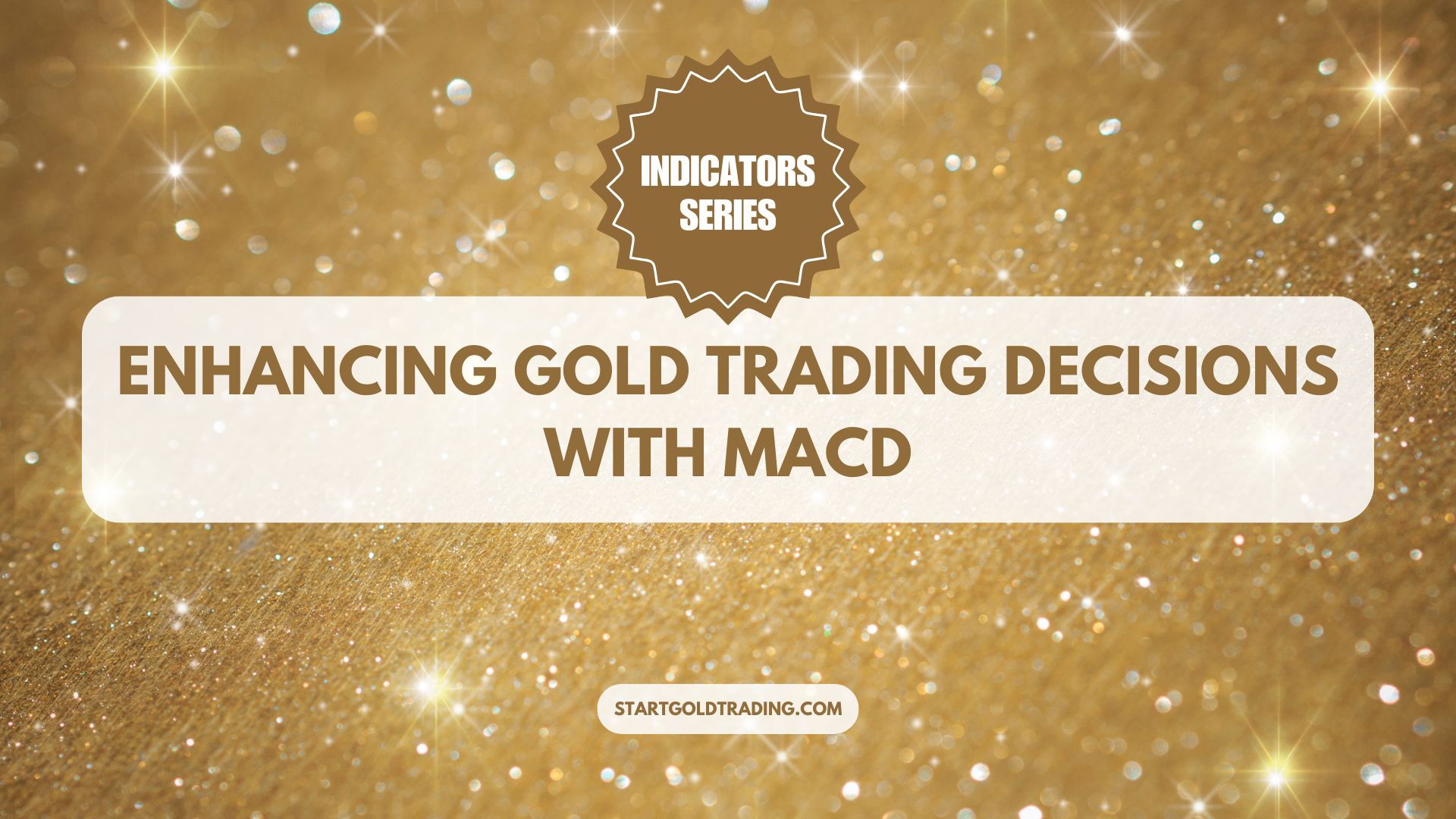Introduction to MACD
The Moving Average Convergence Divergence (MACD) is a trend-following momentum indicator that shows the relationship between two moving averages of a security’s price. Developed by Gerald Appel in the late 1970s, MACD is calculated by subtracting the 26-period Exponential Moving Average (EMA) from the 12-period EMA. The result of this calculation is the MACD line. A nine-day EMA of the MACD, called the “signal line,” is then plotted on top of the MACD line, which can function as a trigger for buy and sell signals.
Association with Gold
MACD is particularly useful in the gold market due to its capability to identify changes in the strength, direction, momentum, and duration of a trend in gold’s price. Gold traders rely on MACD to help discern potential buy and sell opportunities based on momentum shifts signaled by the divergence of these moving averages.
- Buy Signals: Typically occur when the MACD crosses above its signal line and is commonly used as a suggestion to consider purchasing gold.
- Sell Signals: Occur when the MACD line crosses below the signal line, suggesting a potential sell-off or short opportunity.
Execution Strategies
Using MACD effectively involves several strategic approaches, especially when trading gold:
- MACD Crossover:
- Bullish Signal: When the MACD line crosses above the signal line, consider a buy position as it suggests upward momentum.
- Bearish Signal: Conversely, when the MACD line crosses below the signal line, consider selling or shorting as downward momentum is indicated.
- MACD Divergence:
- When the price of gold diverges from the MACD, it signals that a current trend may be weakening.
- Bullish Divergence: If gold’s price is making new lows but MACD is not, it could indicate the end of the current downtrend and a possible reversal.
- Bearish Divergence: If gold’s price is making new highs but MACD is not, a trend reversal to the downside might be imminent.
- MACD Confirmation:
- Use MACD in conjunction with other indicators such as RSI or Bollinger Bands to confirm the suggested trading signals, reducing the risk of false positives.
Pros and Cons
Pros:
- Versatility: MACD can be used both in trending and range-bound markets to identify potential reversal points.
- Clarity: Provides clear buy and sell signals that are easy to interpret, making it suitable for both novice and experienced traders.
Cons:
- Lagging Indicator: Since MACD is derived from moving averages, it is inherently a lagging indicator. The signals it generates might come after a significant move has already occurred.
- False Signals: Particularly in volatile markets like gold, MACD can produce false signals during rapid price changes or when gold prices fluctuate within a tight range.
Conclusion
MACD is a robust tool for enhancing gold trading decisions, offering clear insights into market momentum and potential changes in trend direction. However, like all technical indicators, it is most effective when used in conjunction with other tools and underpinned by a sound trading strategy and risk management practices. By understanding both the strengths and limitations of MACD, gold traders can better navigate the complexities of the market and make more informed trading decisions.

